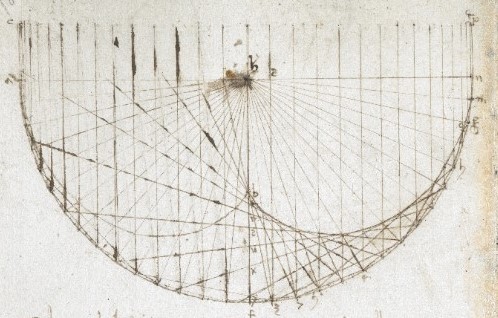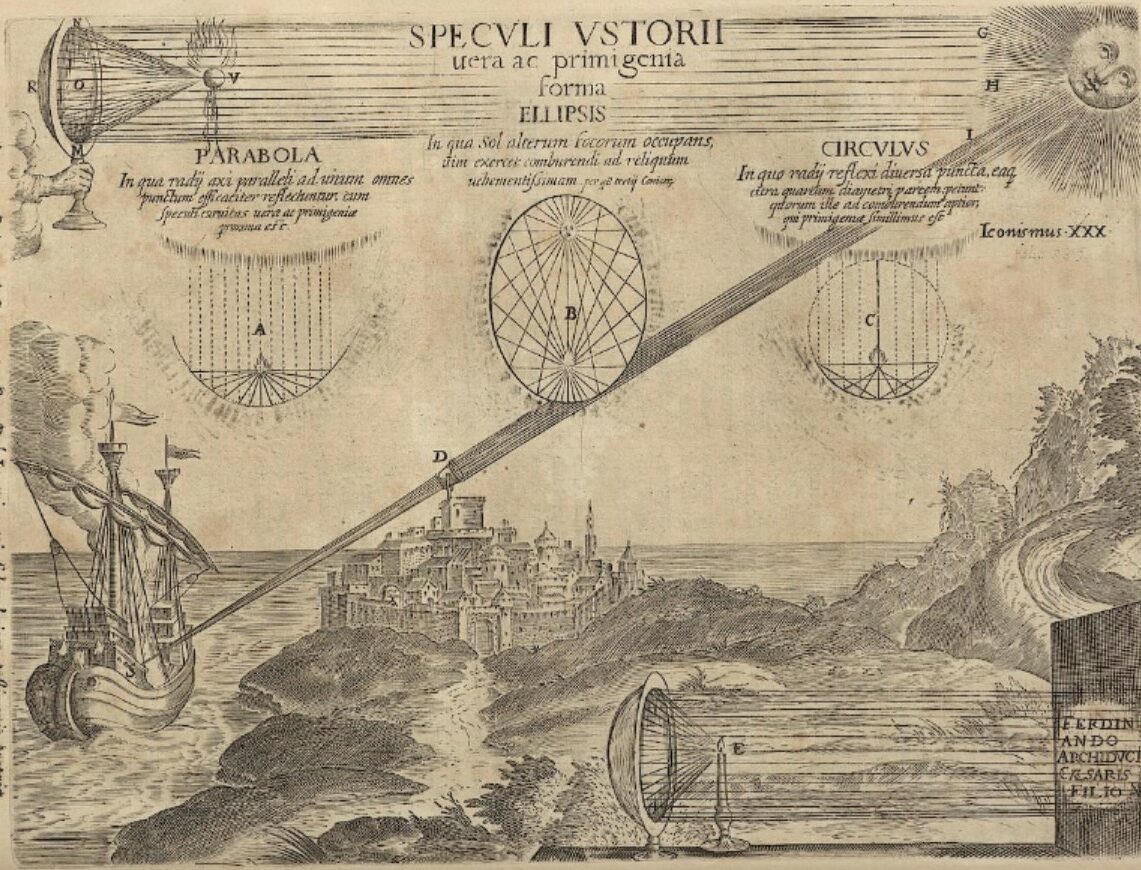Focusing Between Mathematics and Physics: A Longterm History of Caustics From the 17th to the 20th Century
Prof. Dr. Tilman Sauer (PI)
Dr. Marta Jordi Taltavull (May-September 2020)
Dr. Oliver Labs (since November 2020)
This project is about the history of caustic curves and surfaces as a looking glass for a historical understanding of the complex and evolving interactions between mathematics and physics from a long-term perspective. Caustics, defined as the high concentration of light rays along curves or surfaces, are common in everyday life, but are also a key pattern to understand less evident phenomena like gravitational lensing. Ever since the 17th century, the phenomenon of caustics has been a challenging problem on different levels. Its mathematical understanding required sophisticated and changing geometric and analytical frameworks, from precalculus ray geometry to 20th century catastrophe theory. It is also intimately linked to contrasting and contradictory physical theories of light, situated between corpuscular and wave theoretical conceptions. And its empirical investigation called for different experimental constellations from glass spheres and burning mirrors to gravitational lensing by galaxies and black holes. Nowadays, caustic phenomena have also a transdisciplinary dimension, since the same mathematical theory has applications in a variety of knowledge areas, ranging from biology to sociology and economics.
Despite its relevance in many fields, the topic of caustic curves and surfaces and the contexts of their investigation and conceptualization has hardly been treated in the historical literature. The analysis of such boundary objects and their development offer an excellent challenge for a historical understanding of the vexing relations between mathematics and physics in their specific historical contexts and situated practices. Aiming at filling a gap in the historical literature in this respect, it is a goal of the project to develop a general historical-philosophical framework for dealing with this kind of objects at the interplay between conceptual constructions, mathematical descriptions, and experimental practices. Last but not least, the project intends to be relevant in the field of didactics of mathematics and physics as well, specifically by focusing on the introduction of mathematical and physical concepts through their concrete historical contexts.
A drawing by Leonardo da Vinci (from about 1503-1505), showing a plane section of some parallel rays falling into a spherical mirror; the reflected rays touch a curve, the so-called "caustic" which in reality appears bright.
The image is a detail of folio 87r of Codex Arundel, as shown on the website of the British Library.
This image from Athanasius Kircher's Ars Magna Lucis et Umbra, 1671, shows the setting of the Archimedes legend claiming he burnt an ememy's ship using burning mirrors. Besides this general setting, the drawing shows how parallel light rays (similar to those from the sun) get reflected by different forms of mirrors, causing burning in the focal points. In the case of a semi-circle, the reflected rays do not all pass through a common point, but touch a "burning curve" (not shown in the image), the so-called "caustic curve". Image obtained from: https://digi.ub.uni-heidelberg.de/diglit/kircher1671/0706/image

